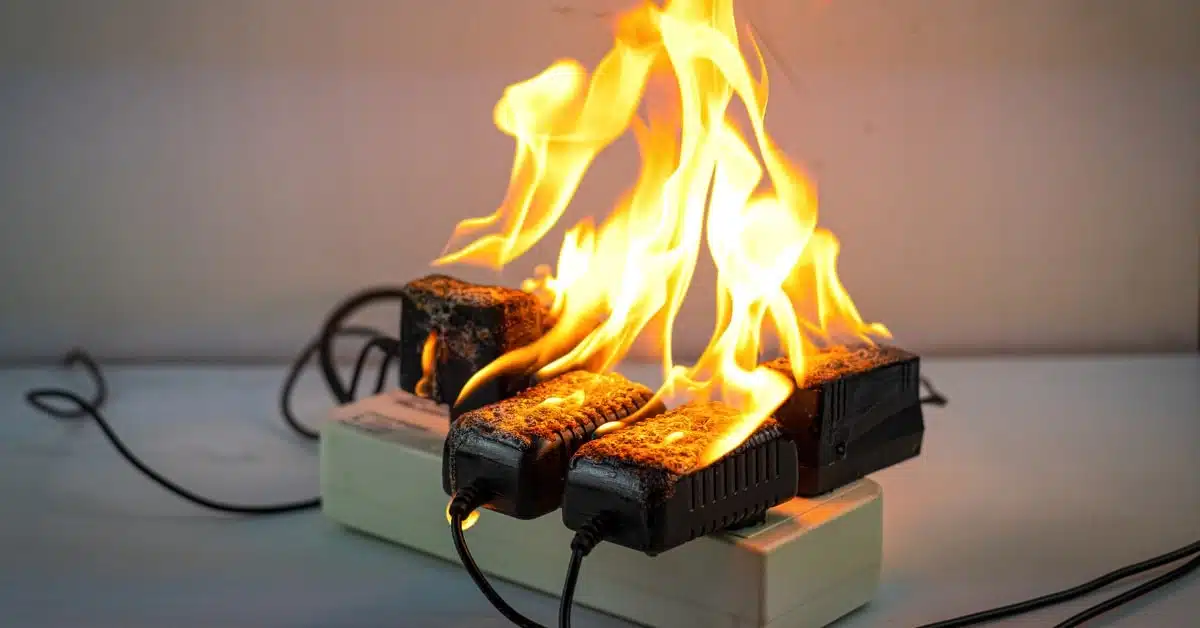Last edit: 07/01/2025
Chapter 7 of the Standard details the measures to be taken to protect equipment against the effects of:
– Overcurrent arising from a short-circuit;
– Overload and/or loss of cooling of motors;
– Abnormal temperature;
– Loss of or reduction in the supply voltage;
– Overspeed of machines/machine elements;
– Earth fault/residual current;
– Incorrect phase sequence;
– Overvoltage due to lightning and switching surges

Paragraph 7.2 describes the overcurrent protections. The Standard details the following circuits:
– Supply conductors § 7.2.2
– Power circuits § 7.2.3
– Control circuits § 7.2.4
– Socket outlets and their associated conductors § 7.2.5
– Lighting circuits § 7.2.6
– Transformers § 7.2.7
– Point with a reduction in the cross-sectional area § 7.2.8
The Standard specifies the conditions to be satisfied in order to not install an overcurrent protective device where a reduction in the cross-sectional area.
In paragraph 7.2.9, the Standard specifies that rated short-circuit breaking capacity shall be at least equal to the prospective fault current at the point of installation.
In paragraph 7.2.10 the Standard specifies that the rated current if fuses or the setting current of the overcurrent protective devices shall be selected as low as possible but adequate for the anticipated overcurrents.
In paragraph 7.3, the Standard describes the protection of motors against overheating. The Standard specifies that a protection of motor against overheating shall be provided for each motor rated at more than 0,5 kW.
Protection of motors against overheating can be achieved by:
– Overload protection;
– Over-temperature protection; or
– Current-limiting protection.

In paragraph 7.7, additional protection against earth fault (differential) current is introduced. In particular, the Standard specifies that in addition to the overcurrent protection for automatic interruption, protection against differential earth fault current may be provided to reduce damage to equipment caused by earth fault currents lower than the detection level of the overcurrent protective device.